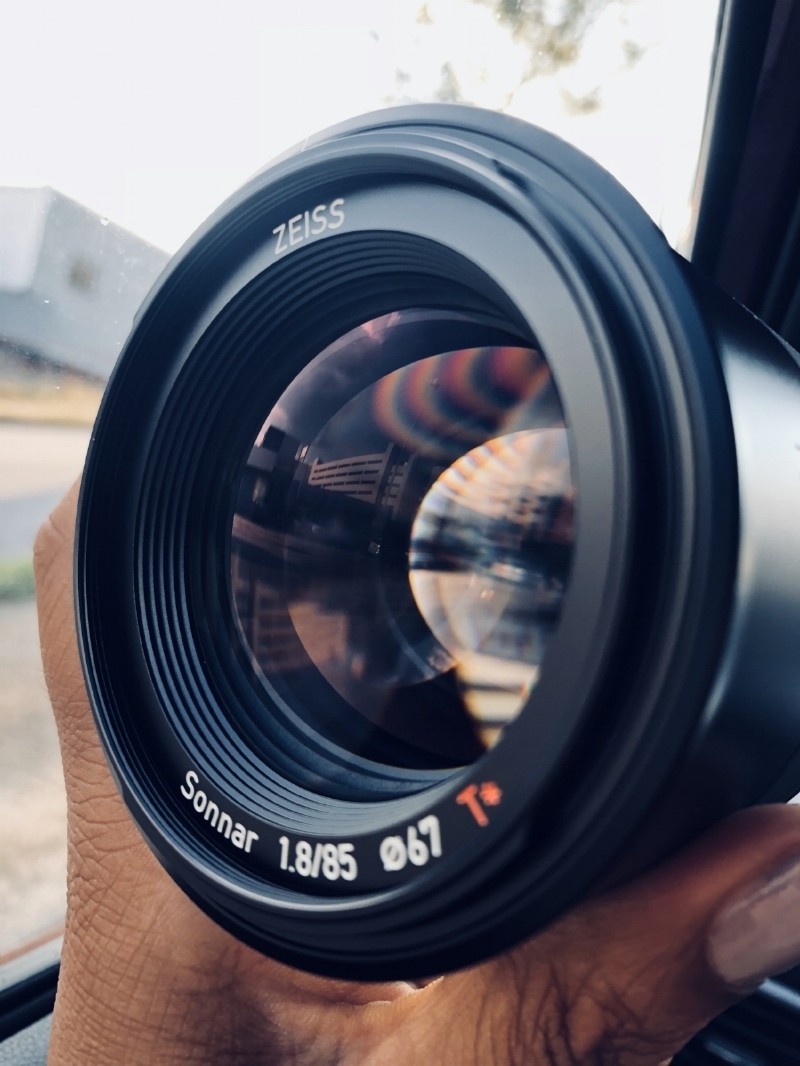Sigma and Sony seem to be cultivating a promising visual relationship as of late. So much so, that many faithful industry professionals have been advocating for, and anticipating such a partnership. The new release of Sigma’s Art series lenses for Sony is the closest we’ve gotten to an official partnership. As of now, Sigma and Sony are still operating quite independently. Although Sigma has managed to create a series of lenses for Sony that arguably surpass comparable Sony lenses, the Sigma art series lenses released earlier this year have been doing incredibly well. I recently had the opportunity to rent and shoot with the Sigma 85mm f 1.4 art lens. Here, I will discuss five elements of this lens that I found crucial to its performance: aperture, focus, low light performance, weight, and bokeh.
Bokeh
The wide aperture, high millimeter, and art lens cinematography makes this lens perfect for brilliant bokeh. Shooting at 85mm, in proper portrait mode, you’re already situated for great bokeh. However, with the addition of not only he aperture, but the way Sigma works it’s magic to design this art series lenses with that more more of a cinematic appeal, this lens created some of the best bokeh I’ve ever seen. Though seemingly simple, the way this camera handles light is it’s biggest selling point. The bokeh is a beautiful result of these three elements (aperture, focal length, and art series) coming together to create an incredible piece of glass.
Weight
This lens is weighted. It comes in at over four and a half pounds, and can be quite heavy when being used for duration all shooting. The heavy weight has both pros and cons. While it be a strain on your arms over time, it also makes the camera quite front heavy, meaning, it can add additional natural stabilization to a shot that is being done handheld, like most of my shots. Of course there is still a con within the pro, as sometimes the weight causes your arms strength to weaken, but none the less, at least during shorter durations, it can be a nice alternative to keeping a steady shot.
Aperture
With an aperture of 1.4, I was well within my comfort zone with this lens. Add an ND filter attachment, and this lens offers a huge diversity to the potential of this lens. Being that I shoot primarily with natural lighting, a low aperture is the number one thing I use to access the value of a lens. As a rule of thumb, I don’t go past f2/2.8. This lens stacks up well.
Focus
The focus performance on this lens is quite good. Though there were one or two moments were the lens couldn’t quite comprehend where I was seeking sole focus, the overall performance was still impressive. Outside of those few moments, all my shots were in perfect focus, and the image was extremely clean, both in the low light and bright daylight.
Low light Performance
Given the factors outlined above, it’s safe to say this camera does incredibly well in low light situations. This was one of main takeaways when first watching a review on the lens a few weeks before renting it. Had I not rented this lens, not only would I have struggled with capturing the full range of the event, but I would have also struggled with a wider lens, in low light. When you’re already dealing with low light, a tighter focal length is ideal, as tends to carry much more of the available light around than on an extreme wide.
Overall, this lens is a very solid and worthwhile investment that I plan on making in the future. Though it is on the more expensive side, coming in at $1199, it covers any kind of shot you would need at a portrait style focal length. The mere fact that this level of performance is then coupled with the cinematic excellence that a Sigma art lens provides, makes it a worthwhile investment.

